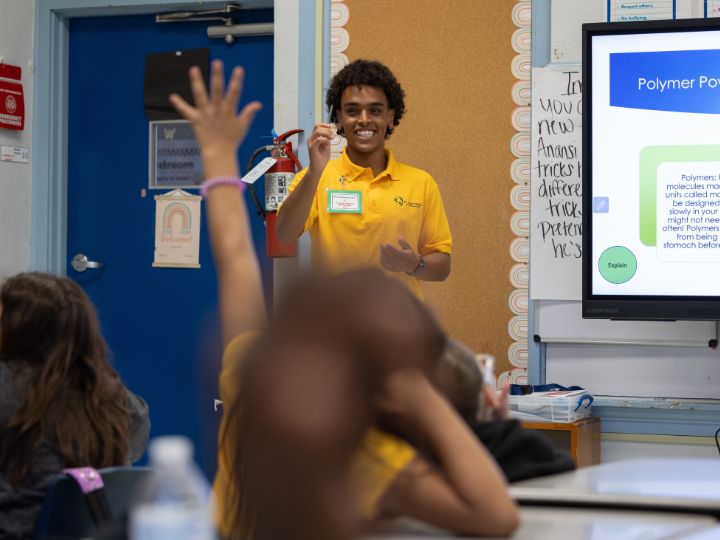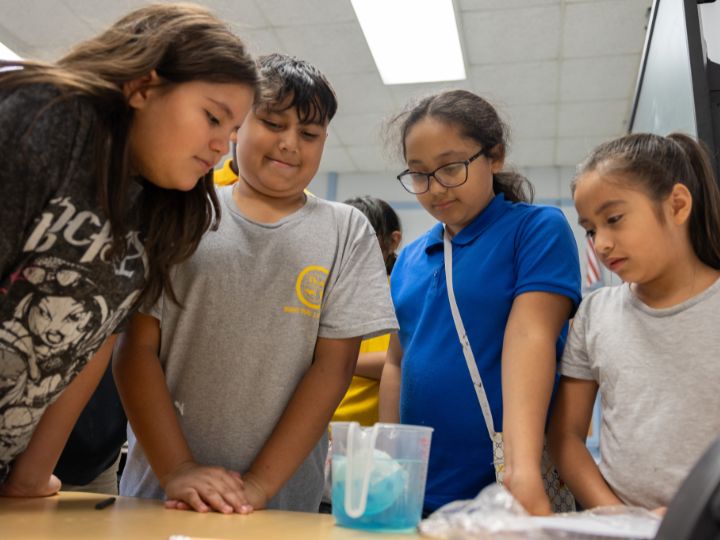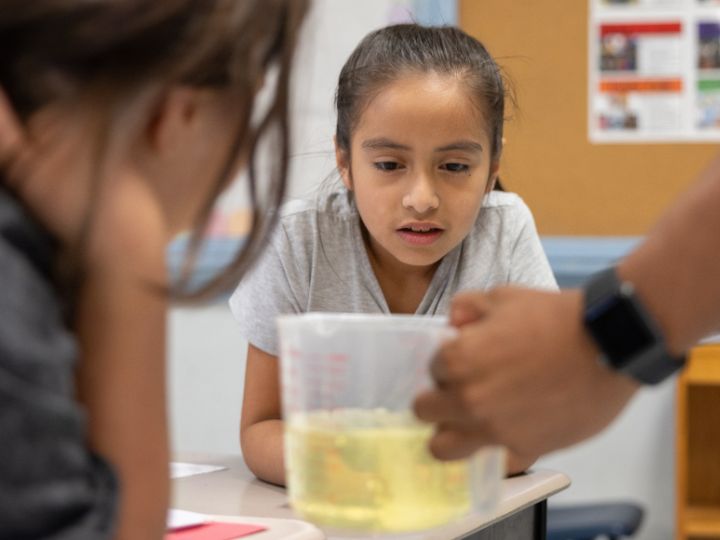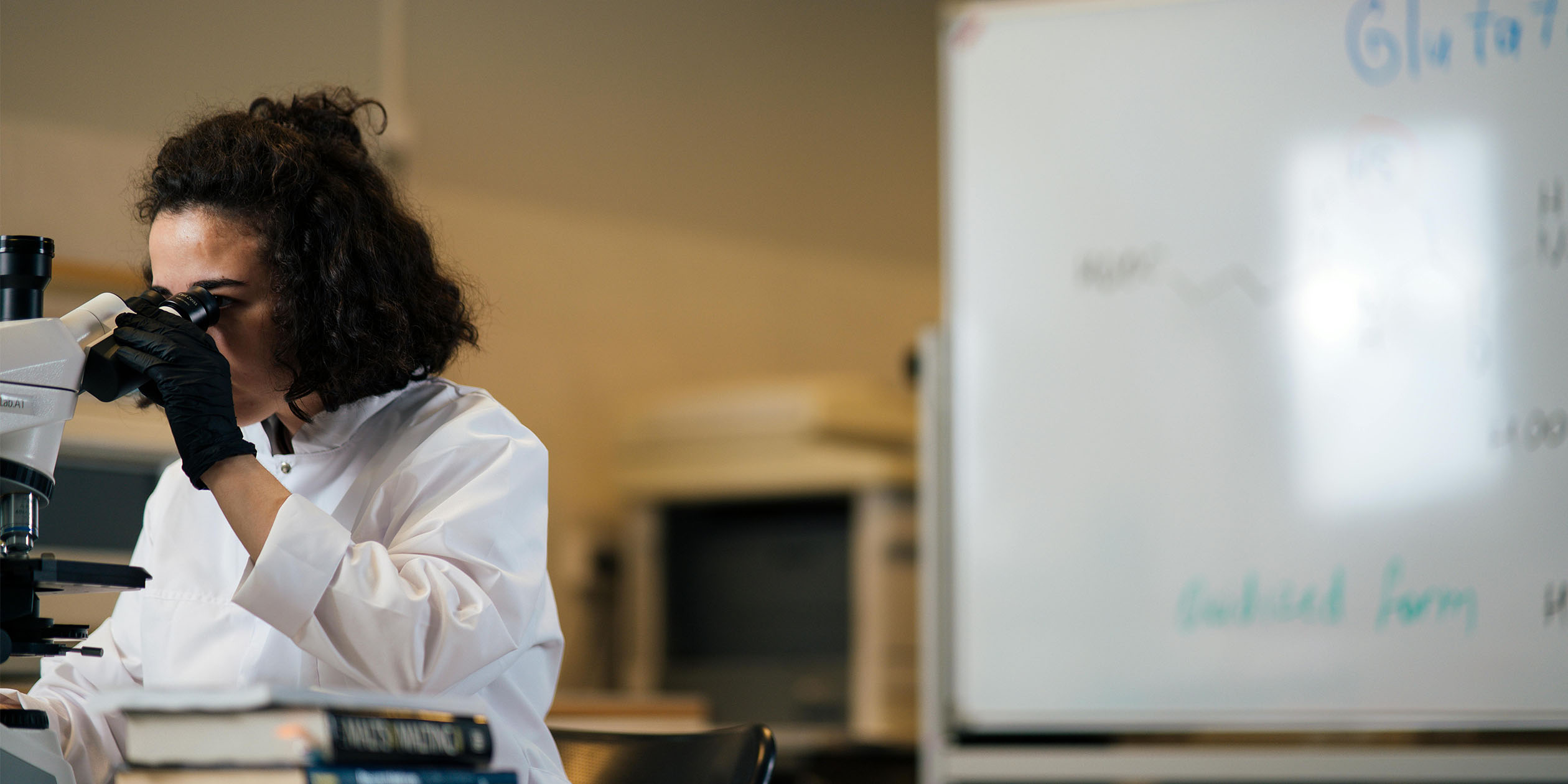Two new grants from the National Science Foundation to the Cullen College of Engineering are set to break down barriers that prevent low-income and underrepresented students from pursuing STEM education, helping to build a more diverse and supportive learning environment for everyone. Both projects — one addressing postdoctoral researchers preparing for engineering/STEM education careers and one supporting youngsters — will build upon the community partnership between UH and Houston’s Third Ward neighborhood.


Postdoctoral Support
“Literature has shown that postdocs have experienced discrimination, harassment, job insecurity, and gaps remain in understanding how to best support postdocs, especially those underrepresented/underserved in STEM careers,” said Jerrod A. Henderson, assistant professor in the William A. Brookshire Department of Chemical and Biomolecular Engineering, who is leading the two projects.
“While research training and publication have traditionally been the standard for STEM research training programs, these experiences, especially for postdoctoral fellows, often lack structured and formal community support. Because many postdocs transition into positions that involve teaching, communication and mentoring, effective education in these areas should be the standard.”

The $1.2 million grant from the NSF will support a new evidence-based postdoc training program for a cohort of three STEM education postdoctoral fellows at the University of Houston and will leverage existing collaborations between the project team and partners in Houston’s underserved communities, particularly within the Historic Third Ward. “The PI team and community partners will mentor postdocs and co-create knowledge through collaborative inquiry,” said Henderson.
The project hopes to foster a robust STEM education research community, broaden participation, and build a community of support. Co-investigators on this project include April Peters-Hawkins, professor in the UH College of Education, Mariam Manuel, clinical assistant professor of teachHouston, and David Horton, Jr., research assistant professor of Chemical Engineering. Building upon their prior work, the team will advance research in the newly minted Engineering Education Certificate Program at UH.
Supporting Youngsters Too
A $1.9 million collaborative grant from the NSF will support a new research focus for the St. Elmo Brady STEM Academy founded by Henderson and Rick Greer, a K-12 education specialist and program director in the Cullen College of Engineering. The academy brings together underrepresented youth to expose, engage, and empower them to become the next generation of scientists, engineers, and mathematicians.
This grant will support the academy’s engineering learning environment, which is grounded in the Framework for P12 engineering learning, and the project research, which will be led by Henderson, Greer, Horton Jr. and Christopher Wright of Drexel University.
“The intervention seeks to help re-envision how engineering looks, who leads it, and whose ways of knowing are valued. At the same time, the research will explore how aspects of this informal engineering environment support the engineering identities of participating youth and their families,” said Henderson.
“Our team at the St. Elmo Brady STEM Academy is dedicated to bridging the gap for those who are often marginalized, offering opportunities through mentorship and transformative informal learning environments. It is this deep sense of purpose that drives the team to create a space where every individual can thrive,” said Greer.

The academy promotes informal STEM learning through developing an engineering literate society which can recognize and appreciate the influence of engineering on society.
Other researchers have highlighted that informal programs are shown to be ideal for counteracting challenges by supplementing students’ formal learning experiences and identities. For example, informal learning environments provide opportunities for students to engage with STEM concepts with smaller group sizes and greater instructional flexibility and give students more agency to discover and explore questions that appeal to them in a lower stake setting compared to traditional classroom,” said Henderson.
Special attention will be paid to 4th and 5th-grade students and families in Houston’s Second and Third Ward neighborhoods in Houston who are historically underrepresented and underserved when it comes to engineering education, thus broadening participation.
The project stands to impact over 200 students and hundreds of family and community members through our annual community engineering fair,” said Greer.
